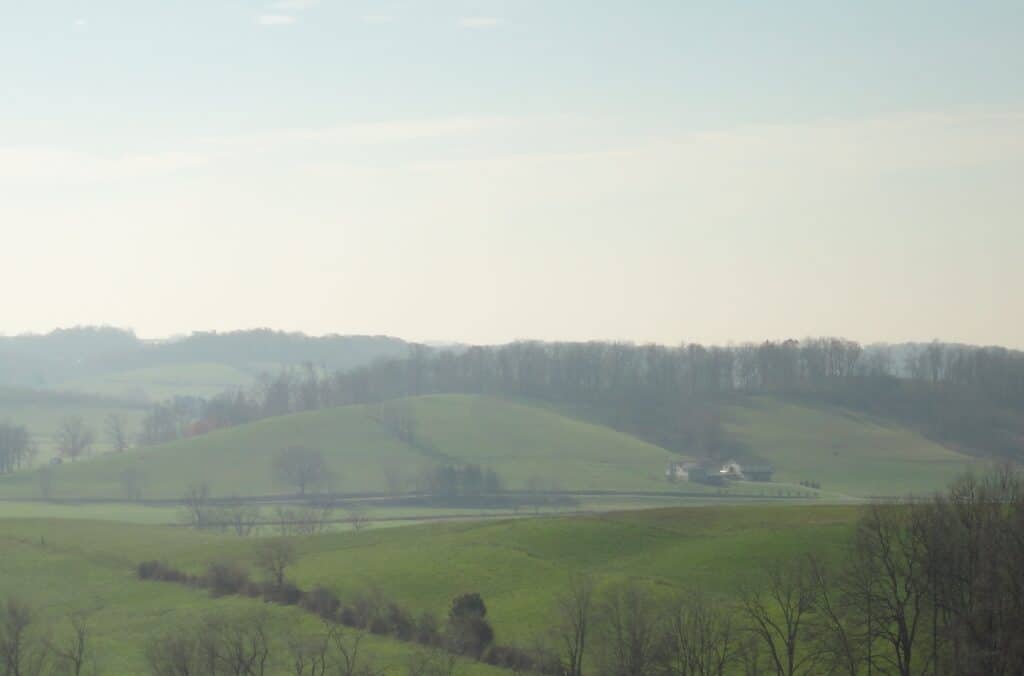He was the last person I would ever have expected to be interested in genealogy—and what I found out about his roots was the last thing I would have guessed.
It was late 2011 and I needed a new genealogy project. My husband had mentioned my hobby at the manufacturing plant where he works, and one of the young factory guys asked him, “Do you think your wife could find out more about my family tree?” Bruno (not his real name) was young, wild, and festooned with tattoos. I was intrigued. I decided to take on the project until my next paying client came along. Bruno provided me with a few names and dates—that’s all he had. He was particularly interested in his father’s ancestry, which he thought was German. Perhaps he hoped for a few skeletons in the family closet.
A few days into the project, I came across the World War I draft card of Bruno’s great-grandfather Albert in Livingston County, Illinois. I did a double-take when I read the answer in the space reserved for “Do you claim exemption from draft? Specify grounds.” Albert’s answer was “Religion—Mennonite Church.”
More digging connected me with the generation before that—and sure enough, before long I’d “struck Amish.” Others had blazed this particular trail before me, so at that point I was able to connect with the research of fellow genealogists who were willing to share… and so I was able to follow Bruno’s paternal line all the way back to a small village in Switzerland in the 1600s, where his 7th great-grandfather Peter had been part of a group of Anabaptists led by Jacob Amman himself—the original founder of the Amish church.
Bruno took some ribbing on the factory floor for all of this. “Chill out, Bruno—remember, you come from a peaceful people.” But he was happy to know more about his roots, and I was happy to be able to share the gift of this wonderful and surprising heritage with a young factory guy from Ottawa, Illinois.
